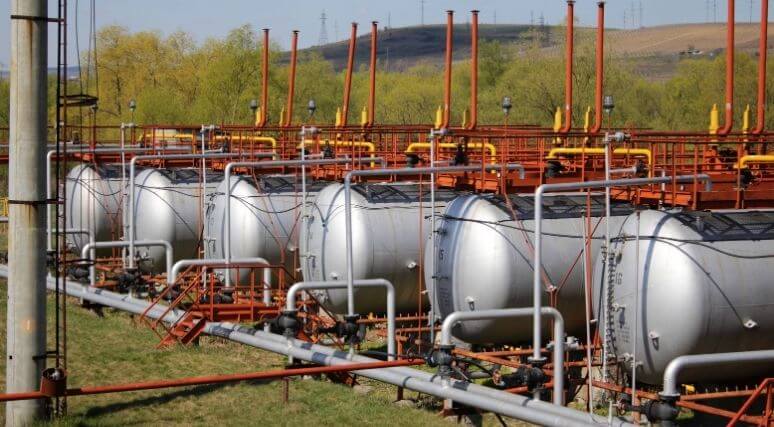This article originally appeared in the National Post.
By Chris Sankey, March 27, 2023
There is no question that wind, hydrogen, solar and battery energy are being utilized to a greater extent than ever before — but that alone will not solve the global energy crisis. Indigenous communities are working to develop major oil and gas projects, giving Canada the opportunity to help First Nations prosper and supply our allies with the energy they need.
For years, Indigenous communities have longed for a chance to be a global energy player. If we are ever going to get out from under the thumb of the Indian Act, now is the time. So why do the governments of Canada and British Columbia continue pandering to activists, when not one agenda-driven, non-governmental organization has produced any long-term, sustainable jobs?
Billions in government funds are being spent with little result. There are no long-term, sustainable spin-off jobs from green energy projects, as many activists claim. There are only so many manufacturing jobs needed to sustain wind-turbine and solar-panel production. There will be some ongoing maintenance jobs for wind turbines, but few if any for solar.
To make matters worse, most of the manufacturing happens overseas, as it is nearly impossible for western countries to compete for manufacturing jobs due to low labour costs in places like China. Furthermore, China holds almost all of the rare earth metals required for solar panels. Green energy, it turns out, is no different than our fishing and logging industries — we simply don’t have a competitive advantage in labour costs.
Activists and journalists often claim that Canada’s oil and gas industry is subsidized, but many don’t understand the difference between a tax credit and a subsidy. Tax credits are deductions to help individuals or companies reduce their tax burdens. Subsidies are relief or support provided by government to help companies be competitive and reduce the cost of doing business.
Green energy technologies — such as solar, hydrogen and wind — often require subsides because they tend to cost more to produce than they make back in return, or are uneconomic compared to other technologies. The oil and gas industry, on the other hand, generally only benefits from the same tax credits available to other Canadian companies.
The only way major oil and gas projects will ever be build again in this country is with the support of the Indigenous communities that are affected by them. Because pipeline infrastructure runs through traditional Indigenous territories, all impacted communities must share in the revenues they produce.
All communities must share the risk in order for a project to succeed and forge ahead. The goals must be community driven and commitments must be made to both protecting the environment and growing the economy. Once Indigenous communities are aligned and working together, industry will come to the table and invest.
Billions in investments will be secured, and Canada will be in a stronger position. This opportunity will create sole-source revenues for the next seven generations and structure a system with banks and investment firms that allows for inter-generational wealth transfer and dividends.
The LNG Canada terminal and Coastal GasLink pipeline projects clearly demonstrate the vast number of jobs that can be created, that agreements can be reached to the mutual benefit of Indigenous communities and the energy industry and how money can be generated to invest in green projects and other innovations that have a positive impact on the environment. Indeed, the best way to reduce Canada’s emissions is through technological innovation.
Despite the push toward green energy, the fact remains that oil and gas will play an important role in our energy mix for decades to come. Ensuring that Canada is supplying those resources to the world will ensure that our Indigenous communities are able to benefit from them and that they are produced with high environmental standards.
Governments need to start working with us to advance Canadian energy projects and secure Canada’s place as part of the solution to the energy crisis. Make no mistake, there is no moving away from hydrocarbons and minerals.
Chris Sankey is a former elected councillor for Lax Kw’ Alaams Band, a business leader and a senior fellow at the Macdonald-Laurier Institute.






